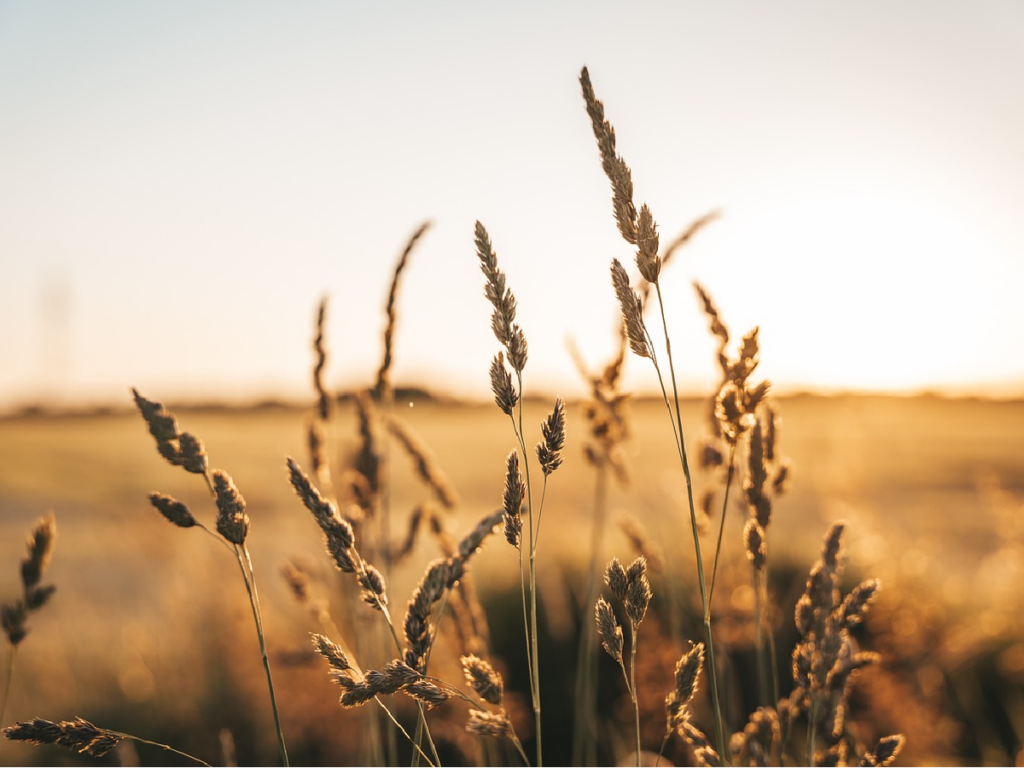For a few years I had my family on a gluten free diet because I was trying to heal an issue with one of my kids. It was just easier to put us all on it rather than cook different meals for different people. It helped a little, I will say that, but I’ve since discovered that gluten wasn’t actually the problem.
If you know me, you know that I am a big fan of traditional foods and how our ancestors prepared food, and as I began to dig deeper into the gluten debate I found that it was more likely the manipulation of the wheat grain and how it was being prepared that was causing the problem.
I believe now that, unless you have a serious medical condition that requires you to eliminate gluten from your diet, like celiac disease, or you have specific healing to do to restore the gut (especially the fingerlike protrusions lining the small intestine called villi), gluten and grains can be included in most people’s diet and offer vital nutrients.
I know there are other conditions like irritable bowl syndrome and allergies or sensitivities to wheat and gluten, but from my experience, these things go away once the real problem is addressed. One of the main things we need to look out for is where our grains are coming from, how are they farmed and harvested, are they sprayed with glyphosate and other pesticides, are they GMO, also how are they being stored… And then, we need to know how to prepare them properly with soaking, fermenting and sprouting.

DEBUNKING THE GLUTEN MYTH
Are you tired of hearing about the so-called evils of gluten? Let’s take a different perspective today. It’s time to explore the fascinating topic of how traditional societies prepared grains without any major health concerns!
DID YOU KNOW?
Weston A. Price, a renowned researcher, extensively studied indigenous cultures worldwide and found that grains, when prepared in certain ways, offered valuable nutrients and posed no harm to human health. Let’s dive into some of his fascinating findings, which can be found on westonaprice.org!
TRADITIONAL METHODS OF PREPARING GRAINS
By adopting traditional grain preparation techniques, we can unleash their true potential and potentially enjoy the benefits our ancestors cherished.

SOAKING
Traditional societies understood the importance of soaking grains before consumption. This practice helps break down phytic acid, a natural compound found in grains that can interfere with mineral absorption. By soaking grains in water or a natural acidic medium, enzymes are activated, mitigating potential digestive issues and boosting nutrient availability.
FERMENTING
Fermentation is an age-old technique used to enhance the digestibility and nutrient profile of grains. Traditional cultures commonly fermented grains for extended periods, triggering a biological process where natural bacteria feed on carbohydrates, making the grains easier to digest.
SPROUTING
Sprouted grains are incredibly nutritious as they undergo natural enzymatic changes. The sprouting process not only breaks down phytic acid but also increases the content of certain vitamins and minerals. Sprouted grains offer enhanced enzyme activity, making them more digestible and gentle on our bodies.
Curious to explore more about traditional grain preparation and nutrition?
Check out westonaprice.org, where you’ll find wealth of knowledge and resources on this fascinating topic! Remember, understanding the true nature of grains can help us make informed choices and regain trust in their place within a balanced, wholesome diet.
FREE RESOURCE
https://allnaturalmumma.com/wp-content/uploads/2023/09/Debunking-the-Gluten-Myth.pdf
Disclaimer: Always consult with a healthcare professional or registered dietitian before making any changes to your diet or lifestyle. This post is for informational purposes only.





Comments are closed.